Urashima shrine (Legend of Urashimako)
Near Urashima Shrine in Ine Town, Kyoto Prefecture, where Japan’s oldest “legend of Urashima” has been passed down, there remains a small cave where Urashima Taro returned from Dragon Palace (Ryugu-jo).
Ura Shrine is located in Ine Town, Kyoto Prefecture. The shrine is also known as Urashima Shrine, and the history of the shrine includes “the Legend of Urashimako”, the original story of the fairy tale “Urashima Taro,” which is well known to all Japanese people. The enshrined deity is Urashima Taro (Urashimako), and in the early 9th century, the 53rd Emperor Junna, who heard the story of “The Legend of Urashimako,” bestowed upon the shrine the divine title of “Tsutsukawa Daimyojin.” The legend of Urashimako is described in the “Nihonshoki” and “Tangokuni Fudoki” compiled in the early 8th century, and is said to have been taken place around the time of the 21st Emperor Yuryaku. Urashima Shrine is located about 20 minutes by car from Ine Bay, where “Ine no Funaya” is located.
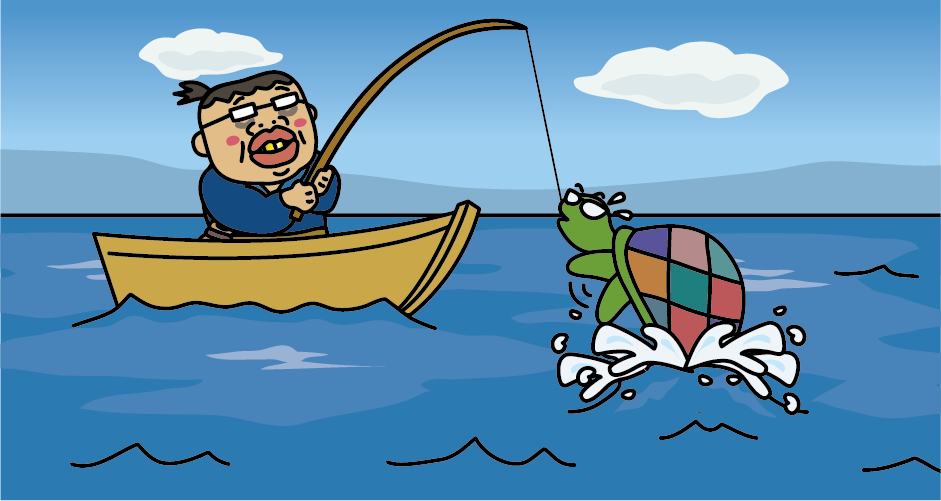
According to the legend of Urashimako, there lived a good-looking young man named Urashimako in Tsutsukawa Village in Hioki Township. One day, Urashimako went out to sea alone in a boat, and after three days and three nights, he caught a five-colored turtle.
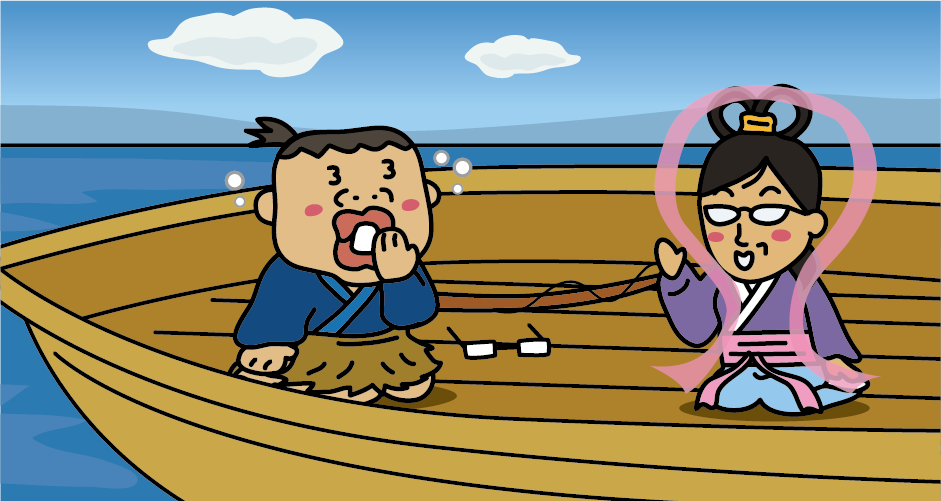
While Urashimako was taking a nap on the boat, the turtle transformed into a beautiful woman (Kamehime). She told Urashimako, who distrusted Kamehime, who suddenly appeared in the ocean, that Kamehime was a member of hermit of the Heavenly World, and that she had come because she wanted to talk to Urashimako. When Urashimako realized that Kamehime was a goddess, his fear and suspicion were appeased. And, as she was invited, Urashimako went to “Horai (Tokoyo)” where Kamehime lived. Hourai is one of the sacred lands in ancient China where hermits were said to live in the eastern sea (under the sea).
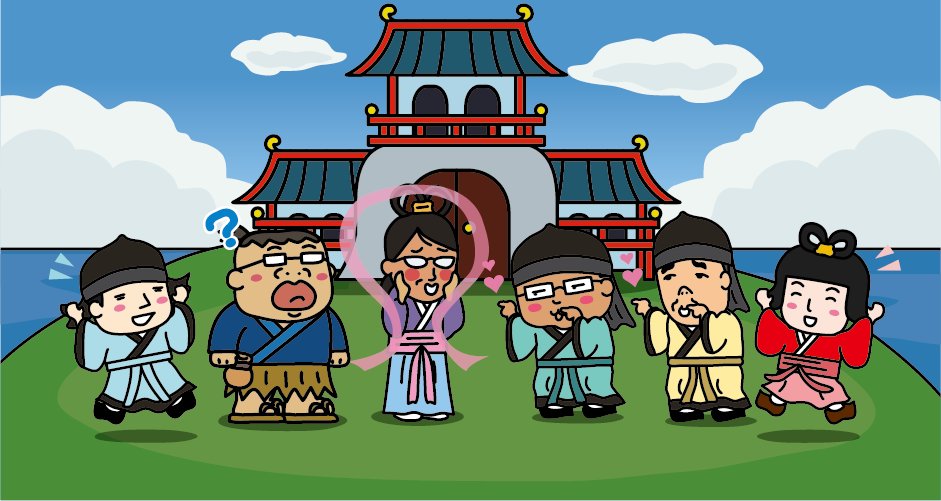
Horai (Tokoyo) was a huge island in the sea. When Urashimako and Kamehime stood in front of the gate of a large house, they were greeted by seven children (Pleiades), followed by eight children (Hyades), who said to each other, “Kamehime’s husband has come.” Urashimako met Kamehime’s parents, a grand feast was held, and Urashimako and Kamehime got married.
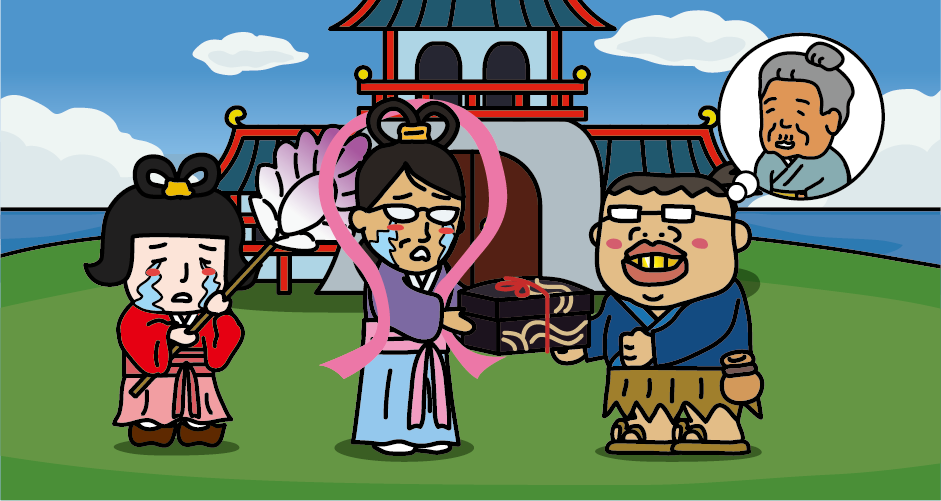
Three years have passed, and Urashimako is overcome with a sense of nostalgia for his hometown. Kamehime was saddened, but when they parted, she gave Urashimako a treasure box, which she said, “If you wish to see her again, you must never open it.”
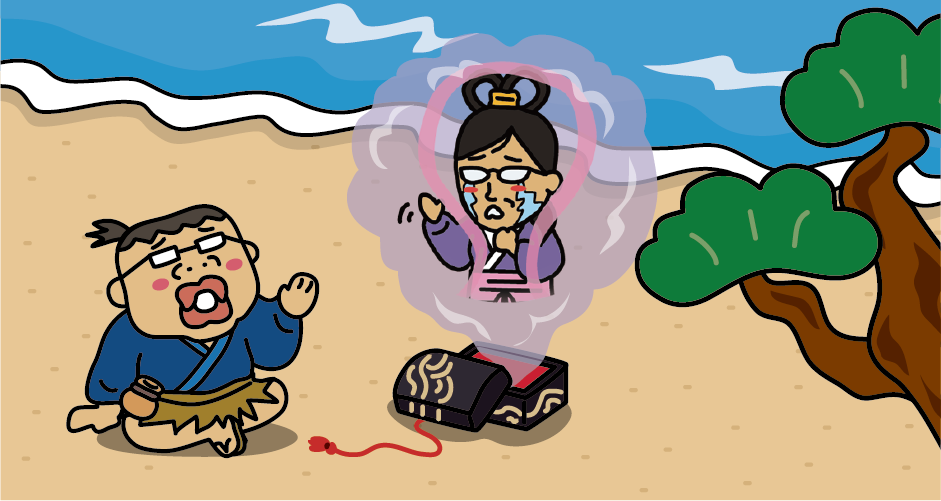
When Urashimako visited his hometown (Tsutsukawa Village), 300 years had already passed, people and things had changed, and there was no trace of the past. Forgetting Kamehime’s promise, Urashimako opened the treasure box, and something beautiful flew into the sky, drawn by wind clouds. Urashimako realized that he could no longer be reunited with Kamehime. The above is the synopsis of the “The Legend of Urashimako” passed down in the Urashima Shrine.
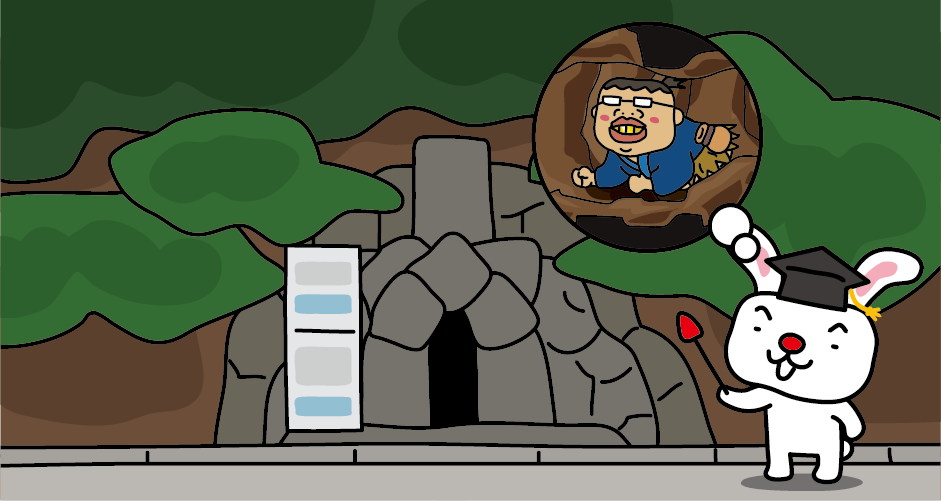
Near Ura Shrine, there is a small cave where Urashimako is said to have returned from Horai (Tokoyo). This cave is called “Dragon Cave”.
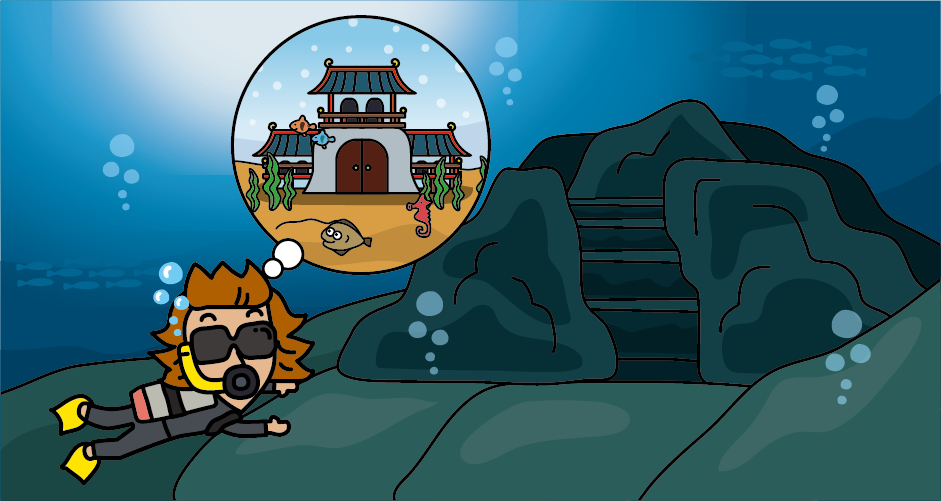
Kanmurijima Island and Kutsushima Island (Maizuru City, Kyoto Prefecture) floating in Wakasa Bay on the east side of the Tango Peninsula are also known as Tokoyojima Island or Ryugujima Island. It is considered to be the rear shrine of Kono Shrine in Miyazu City, Kyoto Prefecture, and is a sacred island with the Kanmurijima Kutsujima Yohaisho in Kasamatsu Park in Amanohashidate. (Yohaisho is a place where you can worship gods and buddhas from a distance.) It is said that long ago, in Wakasa Bay, there was a huge island called Oshiama Island, where the Ama tribe lived. (Ama tribe is the gods of the sea in Japanese mythology.) It is said that the island was submerged in the “Taiho Earthquake” in 701, and the high mountain peaks that remained on the sea are said to be “Kanmurijima Island” and “Kutsujima Island.” In recent years, it has become a hot topic that local divers have discovered structures that look like ruins on the seabed near Kanmurijima Island and Kutsushima Island.
Access to Urashima shrine
From Tokyo
It takes about 2 hours and 30 minutes from JR Tokyo Station to JR Kyoto Station by Tokaido Shinkansen.
From Osaka
It takes about 15 minutes by Tokaido Shinkansen from JR Shin-Osaka Station to JR Kyoto Station.
Transfer to the limited express Hashidate at JR Kyoto Station and it takes about 2 hours to Miyazu Station or Amanohashidate Station on the Kyoto Tango Railway.
Alternatively, at JR Kyoto Station, transfer to the JR Sanin Main Line (limited express) to JR Fukuchiyama Station, about 1 hour 30 minutes. At JR Fukuchiyama Station, transfer to the Kyoto Tango Railway Miyafuku Line to Miyazu Station, about 50 minutes. Get off at Miyazu Station, it takes about 95 minutes from Miyazu Station bus stop to Urashima jinja-mae bus stop.
Alternatively, transfer to the Kyoto Tango Railway Miyatoyo Line at Miyazu Station and it takes about 6 minutes to Amanohashidate Station. Get off at Amanohashidate Station, it takes about 75 minutes from Amanohashidate Station bus stop to Urashima jinja-mae bus stop.

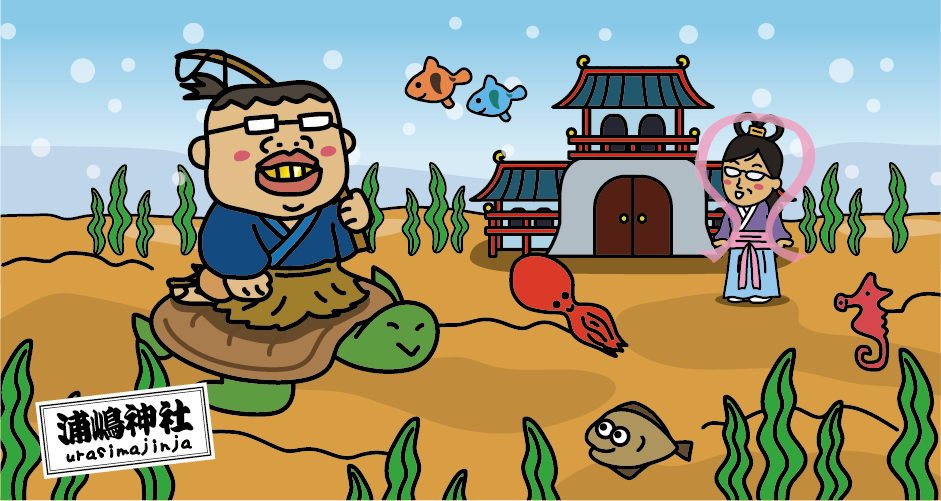





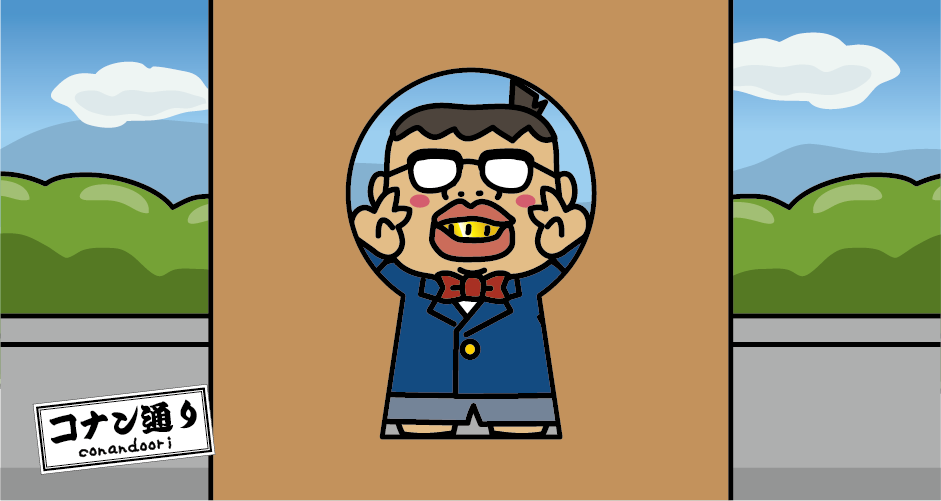


You need to login to comment on an article.